AI Boom Drives Up Utility Bills: The Hidden Cost of Technological Progress
5 Sources
5 Sources
[1]
AI boom is making your utility bills more expensive, says BofA, and they're likely to keep going up | Fortune
Silicon Valley may be pumping billions into the AI boom, but it seems consumers are inadvertently paying a share too. A note from the Bank of America Institute titled "AI sparks a rise in utility bills" details how average utility payments have risen 3.6% year-on-year in Q3 2025: "Rising consumer prices for electricity and gas suggest bill pressure could intensify in the coming months, depending on how the winter weather shapes up." But compounding the issue of rising prices in the consumer sector alone is the increasing demand for electricity generation capacity -- and investments into the grid -- as a whole. This need for capacity and grid investment, writes BofA's David Tinsley, is the result of building data centers to support the massive boom in artificial intelligence. "An important question both for understanding current utility bills and how they will evolve is whether energy demand -- most obviously electricity -- from the explosive growth in AI and the associated build-out of data centers is also pressuring residential bills?" Tinsley wrote. "BofA Global Research sees manufacturing and data centers as important drivers of electricity demand over the next 10 years. Also worth noting -- increasingly residential electrification, including in vehicles, is also pushing electricity demand up." But Tinsley adds that prices are pulled up by greater demand more broadly on the power network: "Rising demand for electricity from both data center development and manufacturing growth is already being reflected in residential customer rates. The impact runs through the spending on enhancements to the transmission and distribution grid required for data center build-outs, which is incorporated into the tariffs of all the ratepayers (residential, commercial and industrial) on the system, and then into both higher energy and capacity pricing." A vast amount of private sector money is due to be pumped into the economy in order to address the infrastructure needed to power the AI wave. The Stargate Project alone, announced in January this year, will invest $500 billion over the next four years into building new AI infrastructure for OpenAI in the U.S. -- with founding equity funding partners including OpenAI itself as well as SoftBank and MGX. On top of that tech giants including Microsoft, Google, Amazon, Meta, and Nvidia have poured tens of billions of dollars into building and upgrading data centers in a bid to stay ahead in the AI race and keep up with the booming demand for new products and LLMs. Indeed, the investment has been so massive that without data centers, America's GDP growth in the first half of 2025 would have been just 0.1% on an annualized basis, according to Harvard economist Jason Furman. But the question still remains: Even with the billions being pumped into infrastructure, when will the supply of power catch up with demand for it? Tinsley had bad news for consumers: "There is likely further upside ahead." "Electricity supply is still struggling to catch up with the rapid increases in demand because of the capital intensity and regulatory requirements around building more generation and transmission capacity," he explained. The economist added that times of peak demand will continue to push prices higher, and that while solar generation and storage will be able to plug some of the gaps, they do not offer the long-term solution needed to keep the lights on (literally) in both America's homes and its data centers: "At a time when lower-income households are already under pressure from slowing wage growth, rising electricity and gas bills would be another headwind. But, more broadly, rising utility bills could be a headwind to overall consumer discretionary spending if rises are significant and persistent."
[2]
AI is driving up electricity bills in New Jersey. Here's why and some suggestions on how to fix it.
Christine Sloan is an Emmy Award-winning reporter, who covers New Jersey for CBS News New York. Sloan re-joined the station in January 2023. She also worked at CBS News New York from 2004 to 2016. New Jersey residents have been complaining about out-of-control utility bills. The board that regulates electric and gas service in the state says artificial intelligence is helping drive up some of those costs. A report by the Berkeley Lab estimates the power usage of data centers more than doubled between 2017 and 2023, largely due to the growth in AI servers. However, officials at those centers argue it's not just their sites stressing the power system. Outside of DataBank, a data center in Piscataway, there is a constant hum of cooling systems, transformers and a mini power substation, all keeping thousands of people connected to the digital world. "We have government entities. We have AI providers. We have hospitals. We have research firms," said Dan Fuentes, senior vice president of sales. Inside, there are back-up systems and caged servers belonging to companies renting space at the secure facility, owned by DataBank. CBS News New York was given a tour of its maze of machinery. "You hear it is very loud in here," solution architect Michael Alvaro said. "Without those cool units on, we'll overheat this system in a matter of seconds." These types of data centers handle our financial transactions and host our photos and videos and the shows that we stream online. "So, whenever you request some sort of information on a phone, it goes to a physical building, that company houses that data and information," Fuentes said. Databank has 64 other facilities across the U.S., including one in New York. The New Jersey Institute of Technology says the Piscatawsy site is important for its AI applications that need to stay cool. "Different types of computational modeling -- weather simulation, material development like battery design," said Kate Cahill, NJIT's director of high-performance research computing. Christine Guhl-Sadovy, the president of the New Jersey Board of Public Utilities, said data centers -- some 5,000 nationwide -- come with a price to utility customers. "AI-driven data centers [are] very important to national security. They do a lot of really incredible things. ChatGPT is one of them," Guhl-Sadovy said. "But they also use a tremendous amount of electricity and electricity is a commodity, so as we have a shorter supply, the price goes up, and so, that is really the driving factor for these increases in electricity bills." "Data centers are obviously contributing to that supply-demand dynamic, but we certainly are not the only ones," DataBank CEO Raul Martynek said. Martynek said an aging power system and semiconductor research strengthened by the CHIPS Act are also contributing factors. "It's about all this technology that humans have and humans love to use and continue to want to use and that's what's driving the demand," Martynek said. CBS News New York spoke to Tom Wilson, the principal technical executive at the Electric Power Research Institute, about the power grid. "A lot of our system was expanded in the 1950s, 60s and 70s, and so you are looking at a system that is quite old and needs to be replaced in many cases," Wilson said. Asked what the solution is to rising utility bills, Wilson said, "The big thing is we need more electricity generation. The fastest way to do that, if you care about the environment and you want to make sure electricity is coming from clean resources, really is solar and battery storage." The NJBPU's Guhl-Sadovy acknowledges that nuclear power plants, including many closing across the state, are also solutions. However, with the boom in AI, data centers are expected to more than triple by 2028. All sides agree that making the centers more efficient is crucial for the future.
[3]
Is AI making my electric bill higher? Here's the surprising answer.
As the world is in the midst of an ongoing energy crisis, people are looking for ways to reduce electricity consumption. Here are five instant changes you can make to reduce your electricity bill. Electricity and gas prices have been rising fast, and they're headed even higher. Those are the conclusions of two recent reports about spiraling utility bills, one looking at the past, the other foretelling the future. Household utility costs spiked by 41% between 2020 and 2025, according to a September analysis by J.D. Power, based on prices for electricity, gas and water in the second quarter of each year. That means utility bills are rising faster than inflation. Overall consumer prices are roughly 24% higher now than in early 2020, according to Bankrate. The average household paid $184 a month for electricity, $141 for gas and $99 for water in the second quarter of this year, J.D. Power reports. Together, those monthly costs are up $122 since 2020. More than 40 states face higher utility bills A second report suggests more rate hikes are coming. More than 100 gas and electric companies have raised rates or proposed increases for this year or 2026, according to a September report from the Center for American Progress, a liberal public-policy nonprofit. Residents in more than 40 states face higher utility bills, the report says. A few examples: Southern California Edison has requested rate increases totaling 19% for 5 million California customers between 2025 and 2028, a cumulative increase of $33 per customer, according to the report. Consolidated Edison has requested 13% rate increases in 2026 for 3.6 million New Yorkers, hiking the average bill by $26.60. Spire Inc. raised rates by 15% in October for 1.2 million Missourians, an average monthly increase of $14, the report says. Anger is spreading over rising utility bills Furor over rising utility bills has emerged as an issue in gubernatorial races in New Jersey and Virginia and could shape the 2026 midterms, according to The Washington Post. "Anyone else's electric bill insane these days?" one Reddit user asked in a recent post to the community r/florida. "This is the HIGHEST it has EVER been in my life." It's one thing if a utility raises your rates and then delivers better service. But it's hard to measure marginal gains in gas or electricity service: It's on, or it's off. And customers across much of the country are experiencing more outages in recent years, J.D. Power reports. "Customers don't mind paying more if they're receiving more," said Ramah Vaughn, director of utilities intelligence at J.D. Power. "What we've been seeing is, these rates have been increasing, but customers are not getting more." Here's why your electric bill is going up Inflation is a fact of life, especially in recent years. But two specific trends are driving up prices in the gas and electric industries, Vaughn said. One is climate change. Global warming has accelerated the pace of natural disasters across America: Floods, fires, hurricanes, tornadoes, blizzards and such. Disasters can trigger costly repairs to the power grid. Utilities pass those costs on to customers. "When you have these natural disasters, rates increase. And there's a sense of frustration around the rates increasing," Vaughn said. "When there's a blizzard and rates increase a year later, everybody forgets about the blizzard." The second, less obvious factor in rising electric bills is AI. Demand for electricity is surging at data centers that support artificial intelligence. "In the span of, I'll call it 24 months, data centers went from something no one talked about to something everyone's talking about," said Todd Snitchler, president of the Electric Power Supply Association, a group that represents wholesale power generators. Data centers have been around for years. But in the AI era, they're "coming online at an unprecedented rate," powering everything from Google searches to AI-assisted job letters, said Lucero Marquez, associate director for federal climate policy at the Center for American Progress. "With AI and data centers, that growth is at such a sharper trajectory than anything else we've seen in recent years," Vaughn said. "That is a major catalyst for increases in monthly bill amounts, and there's no end in sight." Power demands from data centers strain aging infrastructure, compelling utilities to spend billions of dollars on upgrades. They pass those costs on to residential customers. "The U.S. electric grid is aging," Marquez said. "Much of the system was built decades ago." Electric companies will spend a projected $1.1 trillion between 2025 and 2029 on energy grid upgrades, according to a report from the Edison Electric Institute, an industry association. The costs of upgrading utility infrastructure are climbing, as well. And those costs are poised to rise further. There's a national shortage of transformers, a key component in the electrical grid, the Center for American Progress reports. The Trump administration's tariff campaign could worsen the shortage: Most transformers are imported. Voices in the power industry note other factors raising electric bills, such as state-level mandates for clean energy. The American Progress report counters that clean energy is cheaper in the long run than fossil fuels. Rising utility bills are straining household budgets Rising utility bills are stressing household budgets. Monthly gas, electric and water service now eat up 6.3% of the typical household's income, J.D. Power reports, up from 4.5% in 2020. A September survey by Payless Power, a Texas utility, found that two-fifths of low-income households have faced overdue electric bills in the past year. One in three low-income homes received shutoff notices. The survey reached 1,069 Americans, of whom 43% lived in low-income homes, with less than $56,600 in annual income. "It's becoming more common for families to skip their medication, fall behind on rent, or go without phone service, just so they can keep the power on," said Brandon Young, CEO of Payless Power.
[4]
Are your Electricity Bills suddenly higher? New report says AI could be to blame -- Here's why
Household utility costs have risen steeply over the past five years. According to a September analysis by J.D. Power, electricity, gas, and water expenses jumped 41% between 2020 and 2025, far outpacing the overall inflation rate of about 24% during the same period. As electricity bills continue to rise across the United States, many consumers are asking an increasingly urgent question: Is AI responsible for the surge in utility costs? Recent reports suggest the answer is partly yes, alongside traditional factors like inflation and climate-related infrastructure damage, as per a report by USA Today. Household utility expenses have surged sharply over the past five years. A September analysis by J.D. Power shows that electricity, gas, and water costs increased by 41% between 2020 and 2025, significantly outpacing overall inflation of roughly 24% over the same period, according to Bankrate. On average, American households are now paying $184 a month for electricity, $141 for gas, and $99 for water, marking an increase of $122 per month since 2020. The rise in utility bills is not isolated; more than 40 states are experiencing higher rates, and experts warn that further hikes are expected in 2026. Notable examples include: Two primary trends are cited for rising electricity bills, as mentioned in a report by USA Today : 1. Climate Change and Infrastructure Costs Extreme weather events, including floods, fires, hurricanes, and blizzards, have become more frequent due to global warming. These disasters damage the power grid, forcing utility companies to spend billions on repairs and upgrades. "When you have these natural disasters, rates increase," said Ramah Vaughn, director of utilities intelligence at J.D. Power. "There's a sense of frustration because consumers feel they are paying more without receiving better service." 2. The AI Factor Less obvious but increasingly significant is the surge in electricity demand driven by AI and associated data centers. Todd Snitchler, president of the Electric Power Supply Association, explains that data centers have expanded rapidly to support AI operations, from large-scale Google searches to AI-driven applications. Lucero Marquez, associate director for federal climate policy at the Center for American Progress, said, "With AI and data centers, growth is on a sharper trajectory than anything else we've seen recently. That is a major catalyst for higher monthly bills, and there's no end in sight." Data centers strain the aging U.S. electric grid, compelling utilities to invest in upgrades, which are then passed on to residential consumers. The Edison Electric Institute reports that $1.1 trillion is projected to be spent on energy grid upgrades between 2025 and 2029. Additionally, a national shortage of transformers, compounded by import restrictions, is increasing infrastructure costs further. Beyond AI and climate change, several other elements contribute to rising bills, according to the USA Today report: Rising electricity costs are straining household budgets, particularly among low-income families. According to J.D. Power, monthly utility expenses now consume 6.3% of the typical household's income, up from 4.5% in 2020. A survey by Payless Power found that two-fifths of low-income households faced overdue electric bills in the past year, with one in three receiving shutoff notices. Brandon Young, CEO of Payless Power, highlighted the consequences: "Families are skipping medication, falling behind on rent, or going without phone service just to keep the power on." Experts suggest some practical steps to reduce household electricity consumption: Yes, AI data centers consume large amounts of electricity, contributing to higher overall demand and subsequent increases in household bills. Inflation, climate change-induced grid repairs, state clean energy mandates, and aging infrastructure are key contributors.
[5]
Utility bills spike as power-hungry AI data centers boom, Bank of...
The rapid rollout of power-hungry AI data centers could be straining the US energy grid and causing utility bills to spike - and prices could get worse in the coming months, according to economists. Americans spent 3.6% more on electricity and gas in the third quarter of this year than they did during the same time last year, according to a study led by Bank of America economist David Tinsley. Taking a longer view, electricity prices rose 5.1% over the past 12 months through September, while gas service went up a whopping 11.7%, the Bureau of Labor Statistics said Friday. That came as the feds and state governments have been offering financial incentives for companies to build data centers. There are over 4,000 such sites throughout the US today, according to datacentermap.com, though there is no official count. "The rising demand for electricity generation capacity and grid investments, due in part to the build-out of data centers, appears to be placing more upward pressure on bills," stated the Bank of America report, which was released last week. When electrical grids get enhanced to accommodate increased power demands from new data centers, at least some of the cost appears to get passed on to consumers, the report explained. On top of that, the increased use of electric vehicles has added to electricity demand, helping to keep prices high, according to the study. More price hikes could be in store this winter. "Consumers may again feel the pressure on their utility bills in the coming months, particularly if the winter is a cold one," BofA's report warned. Electricity and natural gas prices actually ticked down slightly from August to September, according to the Consumer Price Index, though that's likely due to consumers flipping off the A/C and waiting to turn on the heat. Meanwhile, expanding the US power grid faces a number of barriers, with massive amounts of capital needed to build "more generation and transmission capacity," the BofA report stated. Regulatory hurdles and supply chain pressures also pose a roadblock, according to the analysis, who pointed to difficulties acquiring large turbines. BofA warned that higher utility bills could hammer overall consumer spending. Americans are already concerned about higher prices, sinking consumer sentiment to a five-month low in October, according to a University of Michigan report released Friday. Average utility payments over the summer varied by city. Chicago and Tampa, Fla., for example, saw much higher bills, while prices dropped in Las Vegas. It was notably hot this summer in parts of Phoenix - so prices increased alongside the demand for cooling, the study said. Higher utility bills also tend to disproportionately hit lower-income households, which are already dealing with slower wage growth, according to BofA's report. Despite intense pressure on the grid, tech giants have continued to announce massive investments in AI infrastructure. Just last week, a group of investors including Nvidia, Microsoft, BlackRock and Elon Musk's xAI agreed to purchase Aligned Data Centers for $40 billion.t Earlier this year, President Trump announced that SoftBank, OpenAI and Oracle plan to invest $500 billion in AI infrastructure over the next four years through the Stargate project.
Share
Share
Copy Link
The rapid expansion of AI and data centers is contributing to rising electricity costs for consumers across the United States. This trend, coupled with climate change and aging infrastructure, is putting pressure on the power grid and household budgets.
The AI-Driven Surge in Utility Bills
The rapid expansion of artificial intelligence (AI) and data centers is having an unexpected consequence: rising utility bills for consumers across the United States. According to a recent report by the Bank of America Institute, average utility payments have increased by 3.6% year-on-year in the third quarter of 2025
1
. This trend is not only affecting household budgets but also putting significant pressure on the nation's power grid.The Role of AI and Data Centers
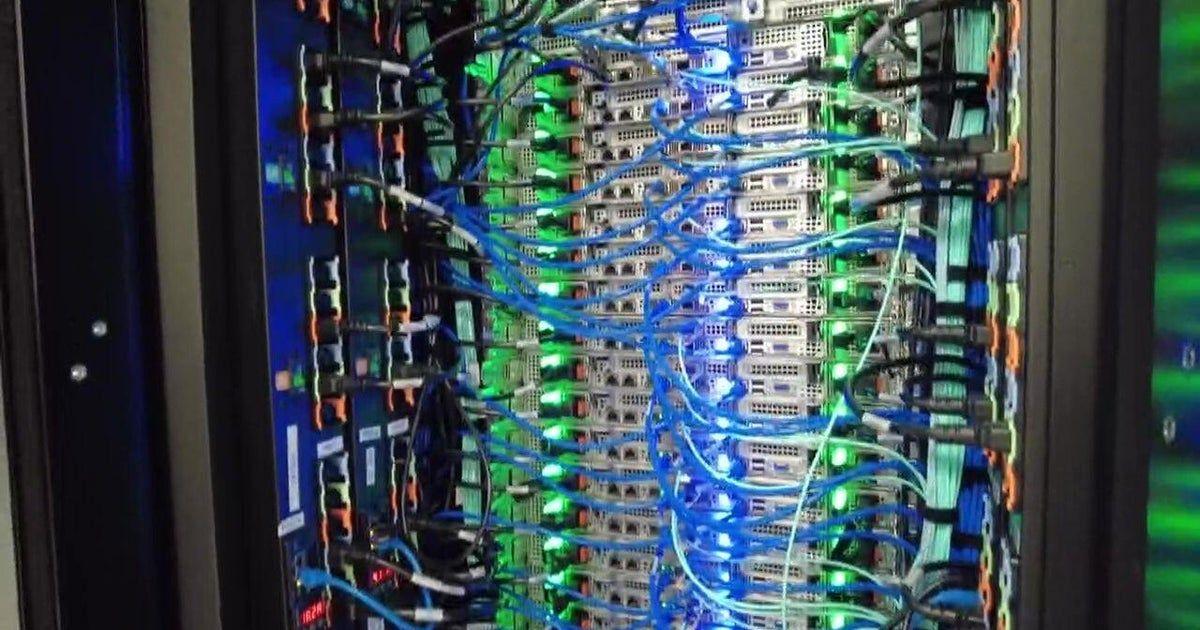
Source: CBS
The explosive growth in AI technology has led to a substantial increase in electricity demand, primarily driven by the proliferation of data centers. A report from the Berkeley Lab estimates that power usage in data centers more than doubled between 2017 and 2023, largely due to the growth in AI servers
2
. These facilities, which handle everything from financial transactions to hosting photos and videos, require massive amounts of electricity to operate and cool their systems.Impact on Infrastructure and Costs
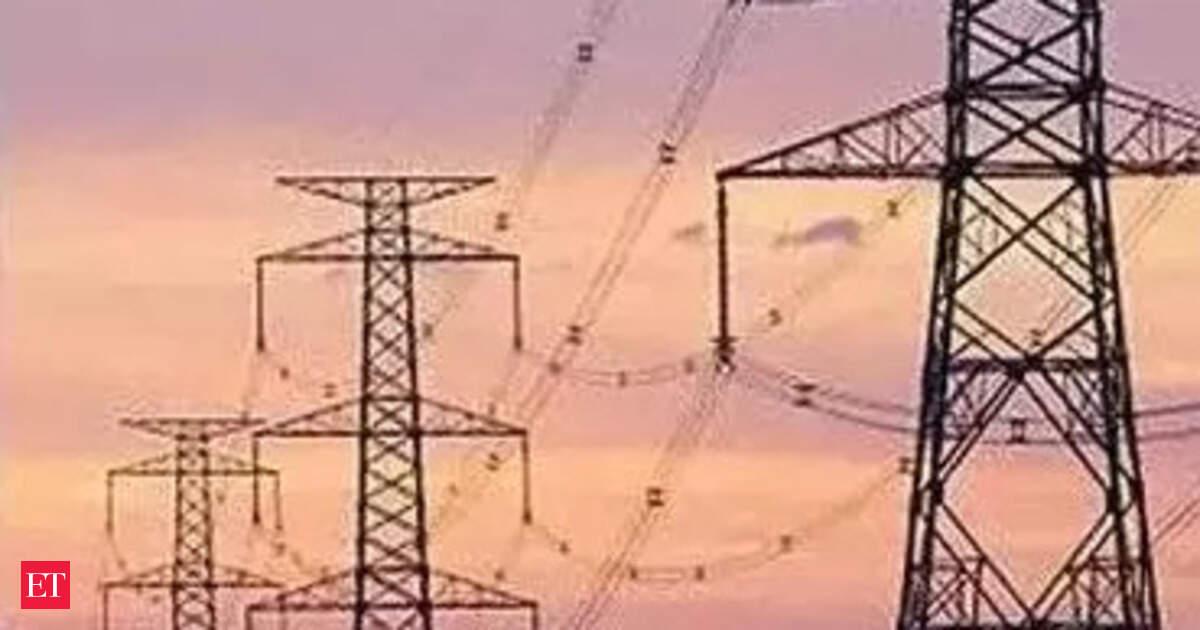
Source: ET
The surge in electricity demand is straining an already aging power grid. Much of the U.S. electrical infrastructure was expanded in the 1950s, 60s, and 70s, and now requires significant upgrades and replacements
2
. The Electric Power Supply Association reports that power companies are projected to spend $1.1 trillion between 2025 and 2029 on energy grid upgrades3
.These infrastructure costs are being passed on to consumers. More than 100 gas and electric companies have raised rates or proposed increases for 2025 or 2026, affecting residents in over 40 states
3
.Related Stories
Climate Change and Other Factors
While AI and data centers are significant contributors to rising utility costs, they are not the only factors. Climate change has accelerated the pace of natural disasters, leading to costly repairs and upgrades to the power grid
3
. Additionally, the increasing adoption of electric vehicles and the implementation of state clean energy mandates are also driving up electricity demand4
.Economic Impact and Future Outlook
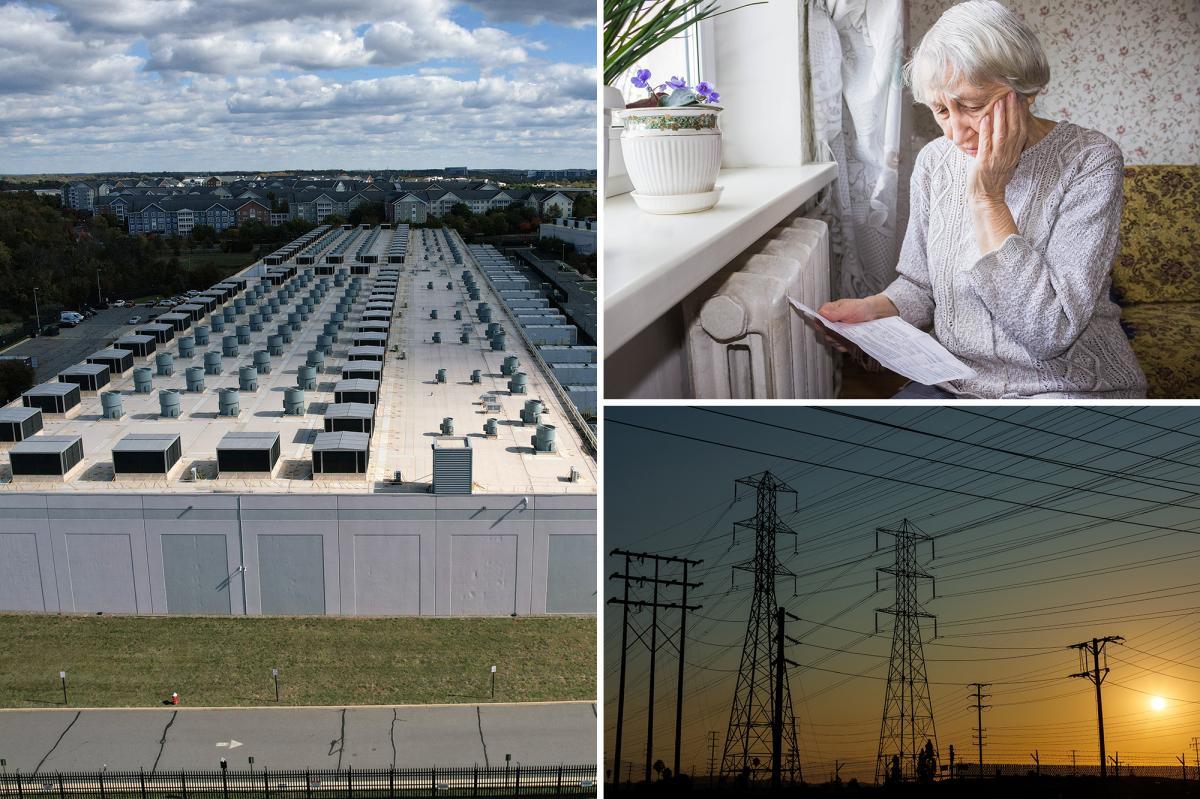
Source: New York Post
The rising utility costs are having a disproportionate impact on low-income households. A survey by Payless Power found that two-fifths of low-income households faced overdue electric bills in the past year, with one in three receiving shutoff notices
4
.Looking ahead, experts warn that utility bills could continue to rise, especially if the coming winter is particularly cold
5
. The Bank of America report suggests that there is likely further upside ahead for electricity prices, as supply struggles to catch up with the rapid increases in demand1
.As the AI boom continues, with tech giants announcing massive investments in AI infrastructure, the challenge of balancing technological progress with affordable energy costs remains a pressing issue for policymakers and consumers alike.
References
Summarized by
Navi
[2]
[4]
[5]
Related Stories
AI Data Centers Spark Surge in Electricity Costs for Consumers
30 Sept 2025•Business and Economy
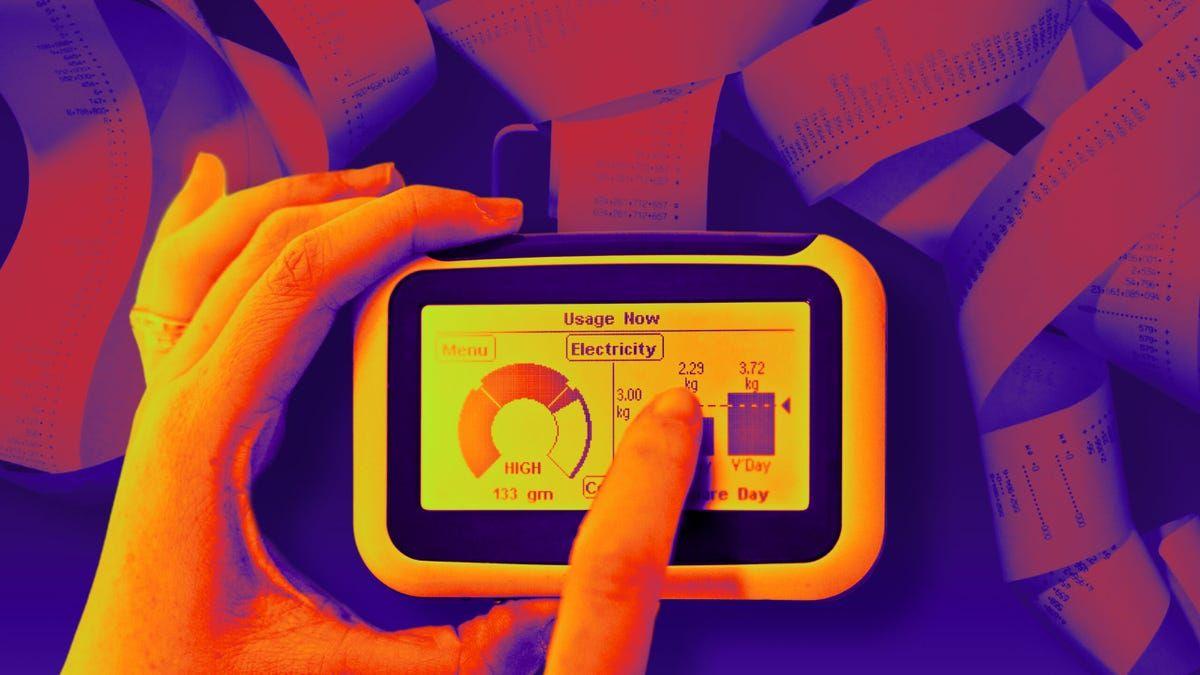
AI's Energy Appetite: How Data Centers Are Driving Up Electricity Costs for Consumers
17 Jun 2025•Technology

AI Data Centers Reshape U.S. Electricity Market, Raising Concerns Over Rising Consumer Bills
09 Aug 2025•Business and Economy
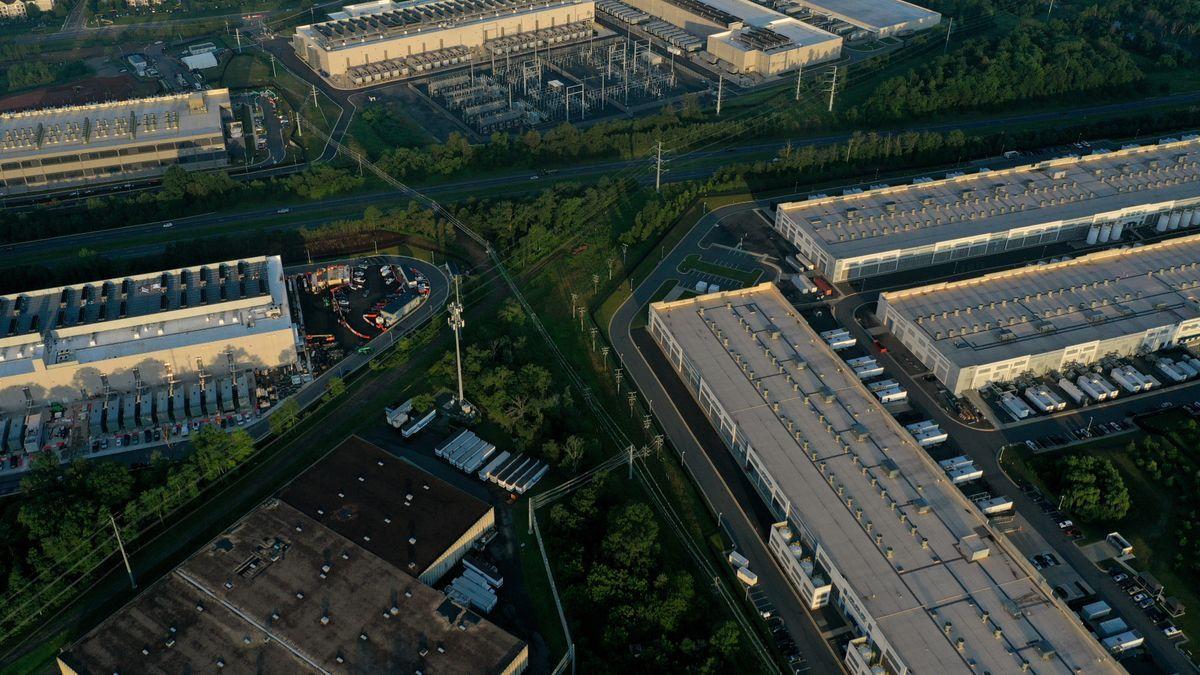
Recent Highlights
1
Nvidia acquires AI chip startup Groq for $20 billion in largest deal ever
Technology

2
Chinese AI Models Close Gap With US Systems as Open-Source Strategy Reshapes Global Tech Order
Policy and Regulation

3
Samsung unveils Exynos 2600, world's first 2nm smartphone chip set to power Galaxy S26 series
Technology





